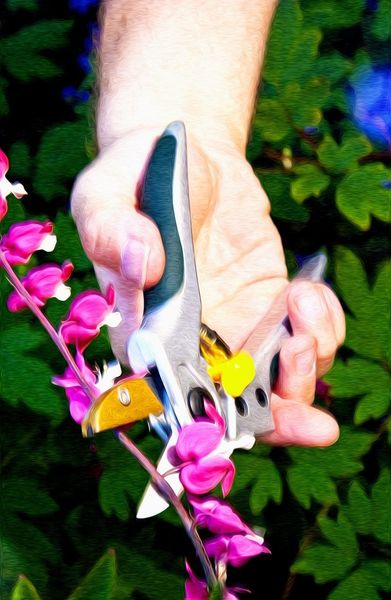When to Prune Bleeding Hearts
Bleeding heart plants are perennials. While their foliage dies back with the frost, their rhizomatous roots survive through the winter and put up new growth in the spring. It is because of this yearly dieback, pruning a bleeding heart to keep it in check or to form a particular shape is not necessary. However, the plants will die back naturally each year before the frost, and it’s important to cut back the dying foliage at the right time to keep the plant as healthy as possible.
How to Prune a Bleeding Heart Plant
Deadheading is an important part of bleeding heart pruning. When your plant is blooming, check it every few days and remove individual spent flowers by pinching them off with your fingers. When an entire stem of flowers has passed, cut it off with pruning shears just a few inches (8 cm.) above the ground. This will encourage the plant to devote energy to blooming rather than seed production. Even after all the flowers have passed, the plant itself will remain green for some time. Don’t cut it back yet! The plant needs the energy it will gather through its leaves to store in its roots for next year’s growth. If you cut it back while it’s still green, it will come back much smaller next spring. Cutting back bleeding heart plants should only be done after the foliage naturally fades, which should happen in early to midsummer as temperatures begin to rise. Cut all of the foliage down to a few inches (8 cm.) above the ground at this point.
